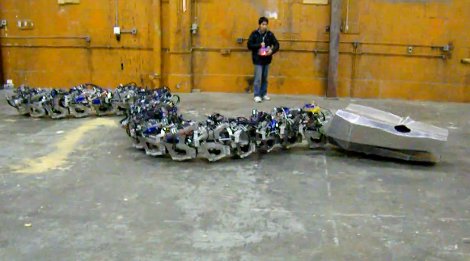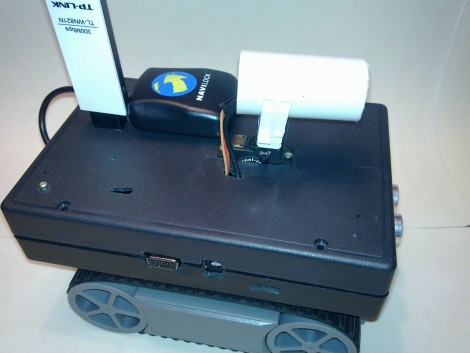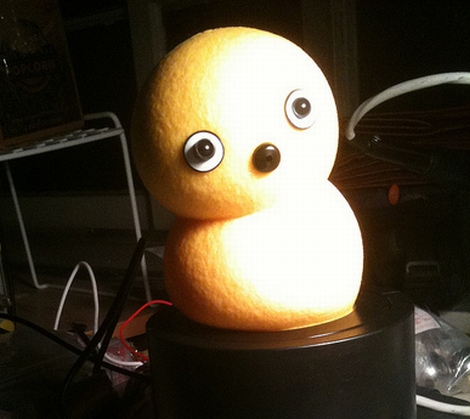
Here’s an art exhibit that does its own painting. The Senseless Drawing Bot (translated) uses the back and forth motion of the wheeled based to get a double-pendulum arm swinging. At the end of the out-of-control appendage, a can of spray paint is let loose. We’re kind of surprised by the results as they don’t look like a machine made them.
The video after the break gives a pretty good synopsis of how the robot performs its duties. The site linked above is a bit difficult to navigate, but if you start digging you’ll find a lot of build information. For instance, it looks like this was prototyped with a small RC car along with sticks of wood as the pendulums.
We can’t help but be reminded of this robot that balances an inverted double pendulum. We wonder if it could be hacked to purposefully draw graffiti that makes a bit more sense than what we see here?
Continue reading “Double-pendulum Spray Gives This Graffiti Bot Some Style”
















